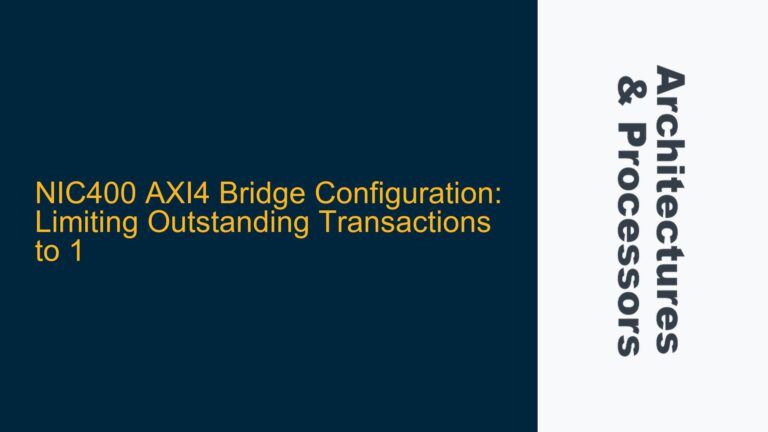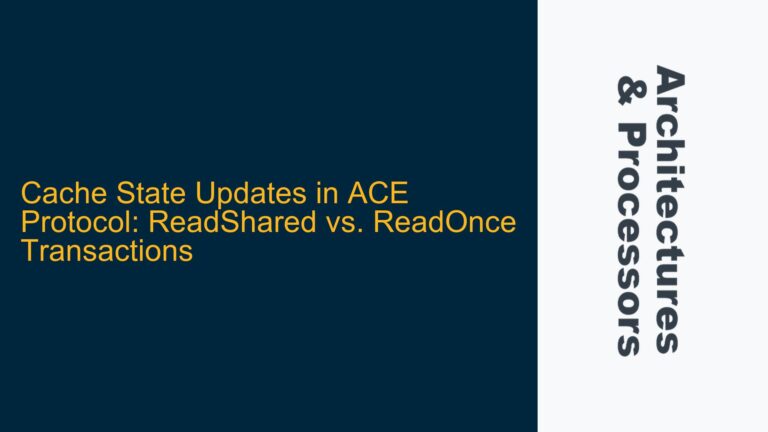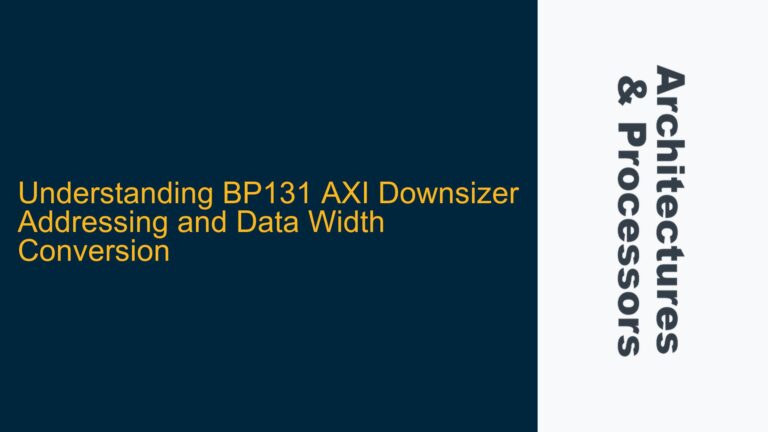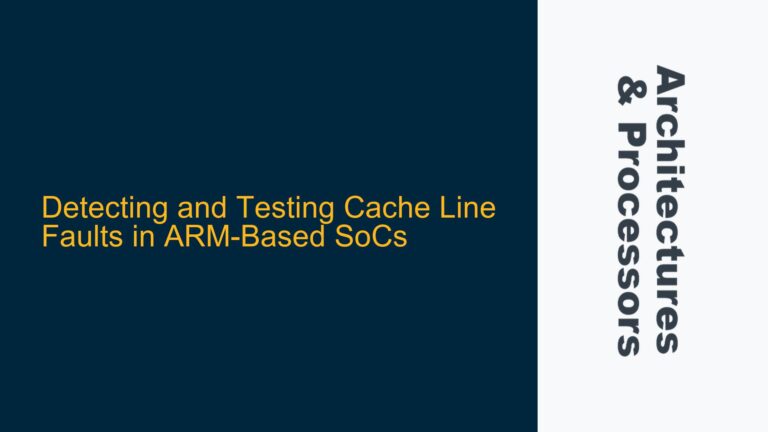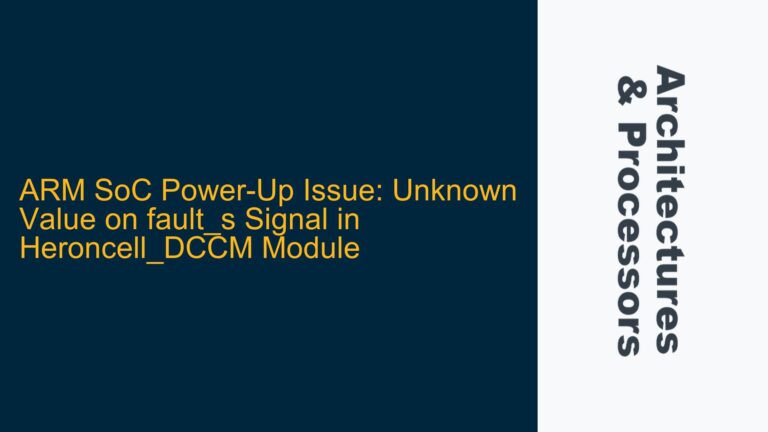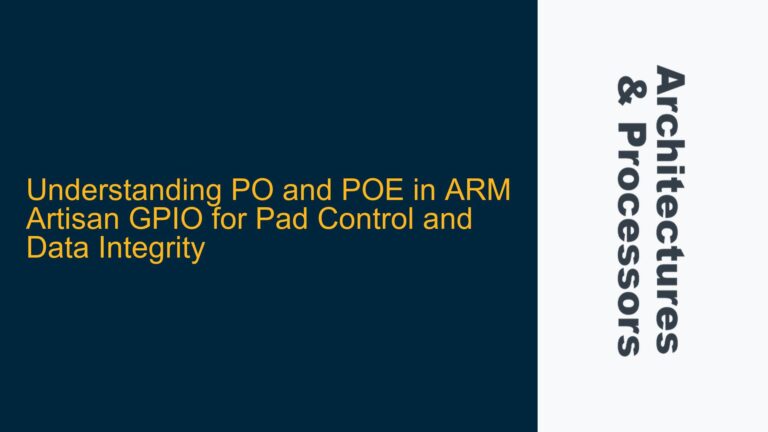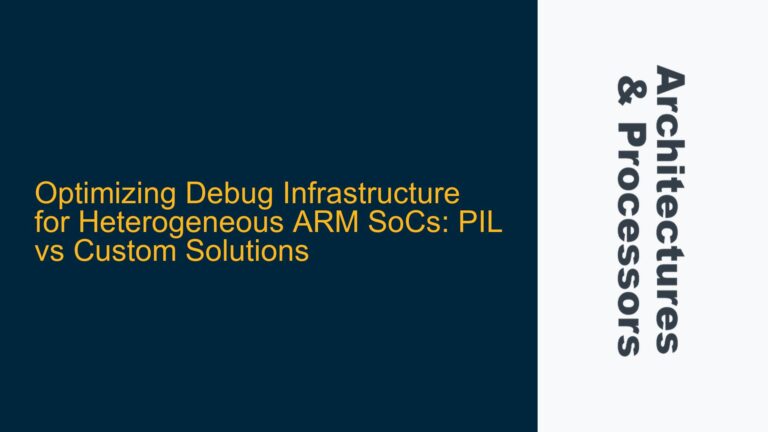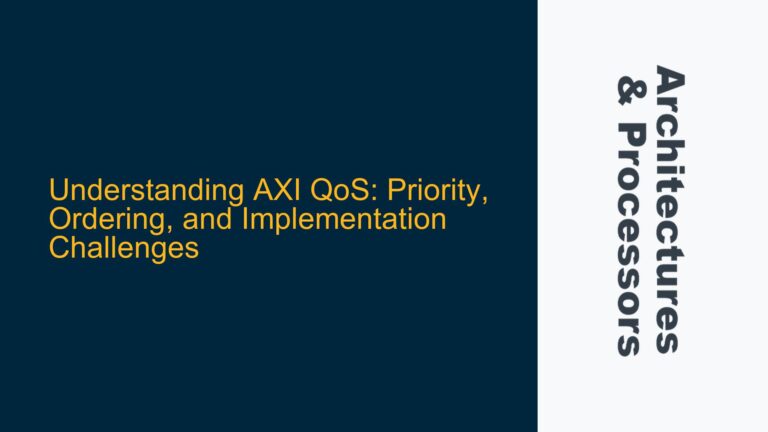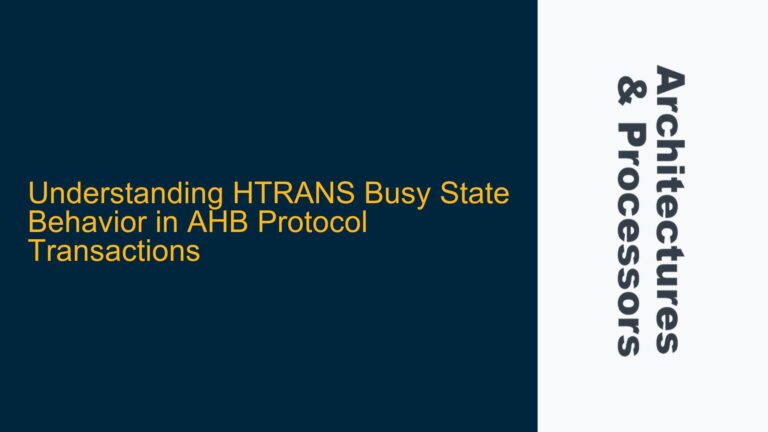NIC400 AXI4 Bridge Configuration: Limiting Outstanding Transactions to 1
NIC400 AXI4 Bridge Configuration and Outstanding Transaction Limitation The NIC400 interconnect is a highly configurable and scalable interconnect IP from ARM, designed to support AMBA AXI, AHB, and APB protocols. It is widely used in ARM-based SoC designs to manage communication between multiple masters and slaves. One of the key features of the NIC400 is…
